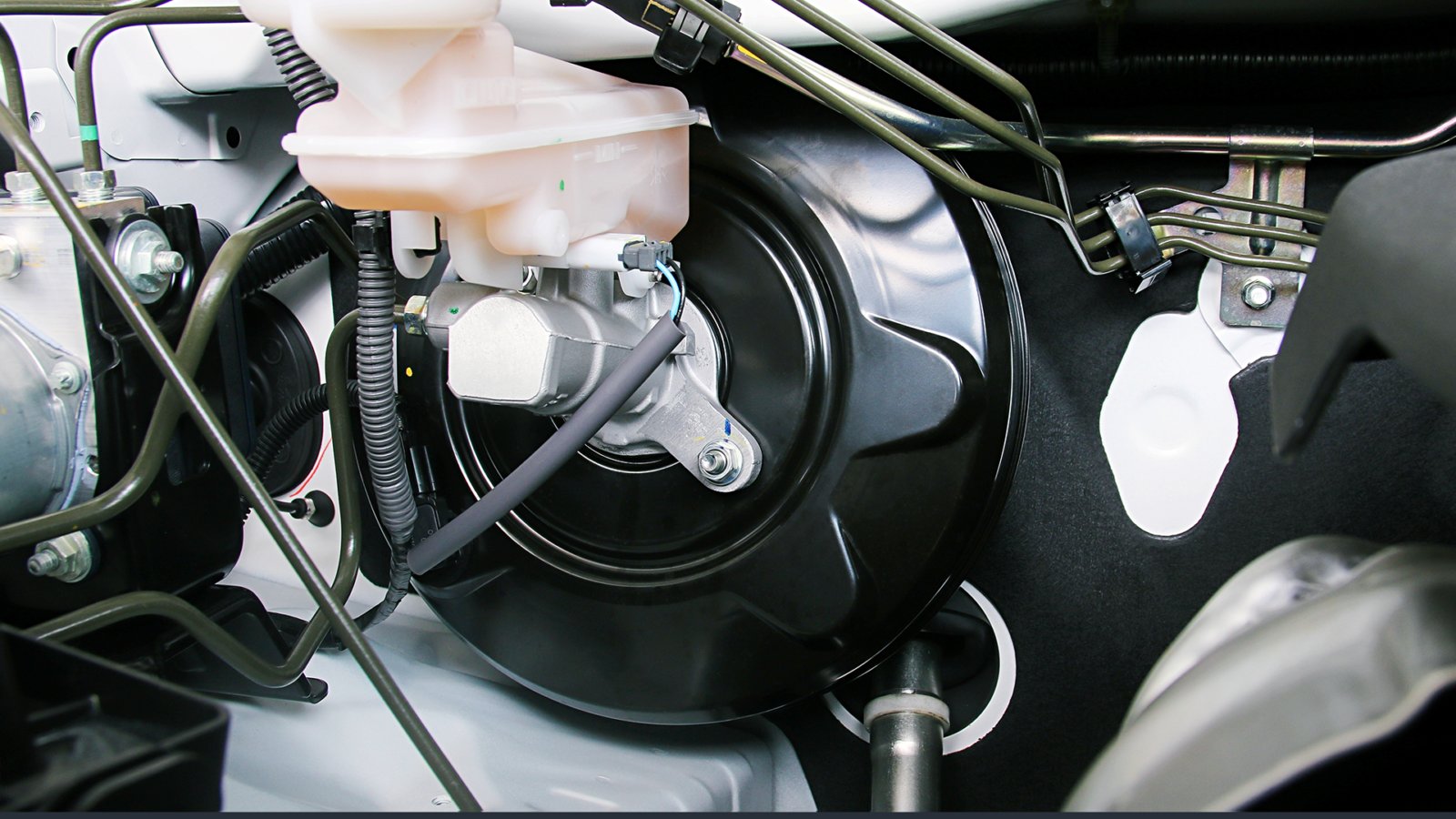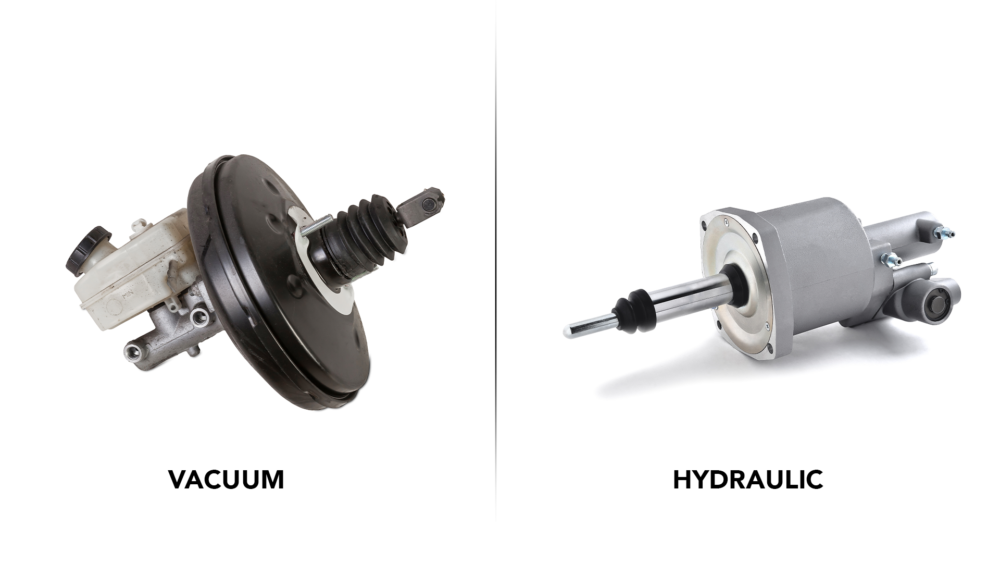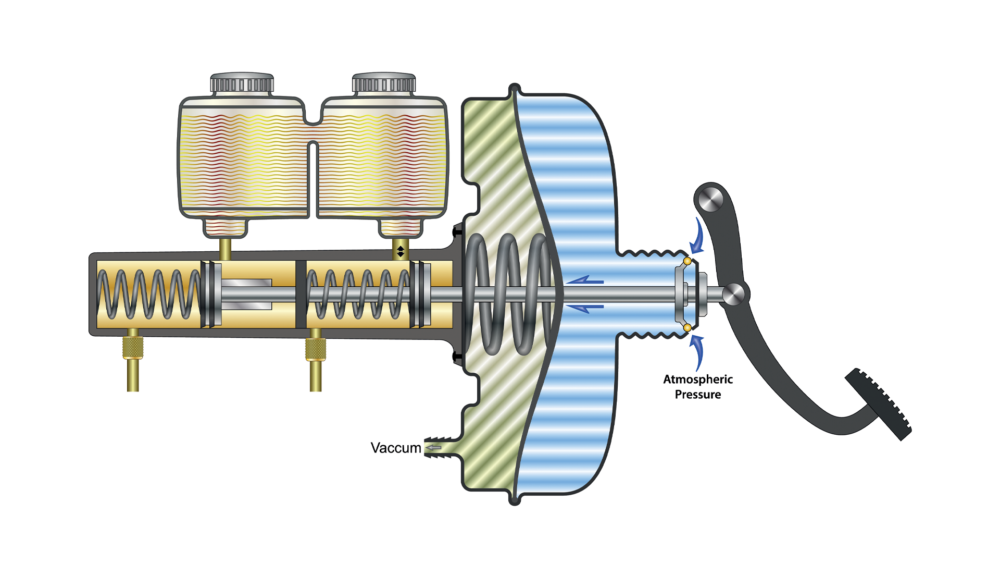What Is a Car Brake Booster? its Functions and How it Works
31 May, 2023

The brake booster is a very important part of the braking system. This allows you to perform an effective braking process without the need for a lot of energy. You just need to press the brake pedal slowly, the car will slow down quickly. How braking works like this is very safe and effective.
What Is a Brake Booster?
The brake booster is a component in the car’s brake system that functions to amplify the torque from the brake pedal. This will allow drivers to brake more quickly and easily with less effort. This component will help improve response and power control when braking. This is very related to driving safety so that the conditions must always be prime.
Brake Booster Function in Cars
1. Provide Convenience to The Driver
You can get convenience when driving a car, and one of these conveniences can be obtained because of the Brake Booster. You don’t need to spend a lot of energy when you want to brake. The footing feels more comfortable and the result is still safe.
When compared to a car that is not equipped with a booster brake, the braking process will require quite a lot of energy so that stepping on the pedal feels heavy. This is what makes the newer cars already have a built-in brake booster.
2. Dual Braking System
The brake booster can be used to stop the car safely even when traveling at high speed. This is inseparable from its role which can double the braking system. The force required to operate the pedals is not too much. Easy pressing of the brake pedal allows it to hang 3-5 times.
Read More: Booster Rem

Types of Car Brake Boosters
1. Vacuum Boosters
For this type of, its performance uses an intake manifold. These components are then vacuumed so that the braking process is lighter. Today’s cars automatically use a brake booster, whether it’s a vacuum or hydraulic type.
2. Hydraulic Booster
Hydraulic pressure is used in the performance of this type of brake booster. This pressure is obtained from the air pump. As a result, braking becomes very light when the brake pedal is activated.
Car Brake Booster Components
The brake booster consists of many components, the following are:
- Control Valve
- Operation Bar
- Brake pedal
- Master Cylinders
- Valve
- Booster Cylinder
- Connector
- Gaskets and Seals
- Piston boosters
- Reaction Mechanism
- Constant Pressure Chamber
- Variable Pressure Chambers
- Push Rods
- Diaphragm Springs
- Water Cleaner
- Operating Rod
- Control Valve Mechanisms
- Vacuum Hose
How Car Brake Booster Works
A little step on the brake pedal, the speed of the vehicle can be effectively controlled. Then how exactly does the brake booster work on a car?
1. Using Hydraulic Pressure
Brake booster performance utilizes air pressure or so-called hydraulic pressure. The goal is to strengthen the force when the brake pedal is activated by the driver. Its components consist of three main parts, namely vacuum, air compressor, and hydraulic unit.
2. How it Works When the Brake Pedal is Depressed
When you press the brake pedal, air is connected to the compressor and vacuum which has an air flow limiting valve. After that, the air will be forwarded to the hydraulic unit which has hydraulic fluid and piston.
Automatically, the pressure from the brake pedal increases slightly so that it is greater. This will result in stronger braking power. You will get effective braking results with minimal effort thanks to the performance of this booster.
3. When the Brake Pedal is Free
When the brake pedal is released, the vacuum type booster will open so that the vacuum level in the pressure chamber is constant. This will create a constant space so that there is a good vacuum level. None other than the performance role of the two sides of the brake booster diaphragm.
4. When the Car Engine Turns Off
When the car engine is off, the vacuum check valve section will close the channel. This causes the vacuum process to still occur in the brake booster. This one system is still made so that when the car dies suddenly it still gets braking assistance.
How to Overcome Brake Booster If Damage Occurs
Even though it consists of many components, damage to the brake booster usually occurs due to rubber leaks. Because of that there are several things you can do to overcome if there is damage to the brake booster:
1. Check Booster Conditions
The first step, first examine the condition of the brake booster before actually repairing it. This inspection can be carried out in three stages. First of all, check for changes in the stationary parts of the engine and look at the rubber membrane. If the rubber membrane leaks, the engine is stationary.
Then check the vacuum section of the manifold that is headed towards the booster. To do this, remove the hose in the booster tube. Make sure before removing the hose, remove the clamp first.
Finally, the characteristics of damage to the brake booster are usually noise. Therefore check for leaks from the vacuum hose or booster tube. If the booster rubber is torn, it will cause noise.
2. Fix Rubber
Examination has been carried out thoroughly and it is found that the rubber booster is the problem. First remove the brake master in the booster tube so that the rubber repair process is not constrained. Then remove the booster from the brake pedal and the body. Use a screwdriver to remove it, being careful not to injure the booster membrane rubber.
3. Check the Rubber Membrane
Continue to check whether the rubber membrane is torn or vice versa. Patch the torn rubber so it can be closed again. If the membrane is torn, it will not be able to be pulled by the manifold so that the pull from the vacuum does not occur.
4. Reinstall
The patching process has been done, it’s time to install the various loose components. Try to test the vehicle again and make sure all braking conditions are perfect. Considering that the brake booster is an important component of the vehicle, of course the condition must be more prime. Without braking that works well, of course the vehicle is said to be less suitable for driving on the streets.




